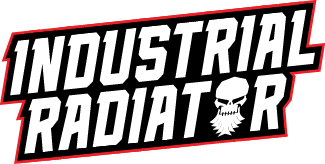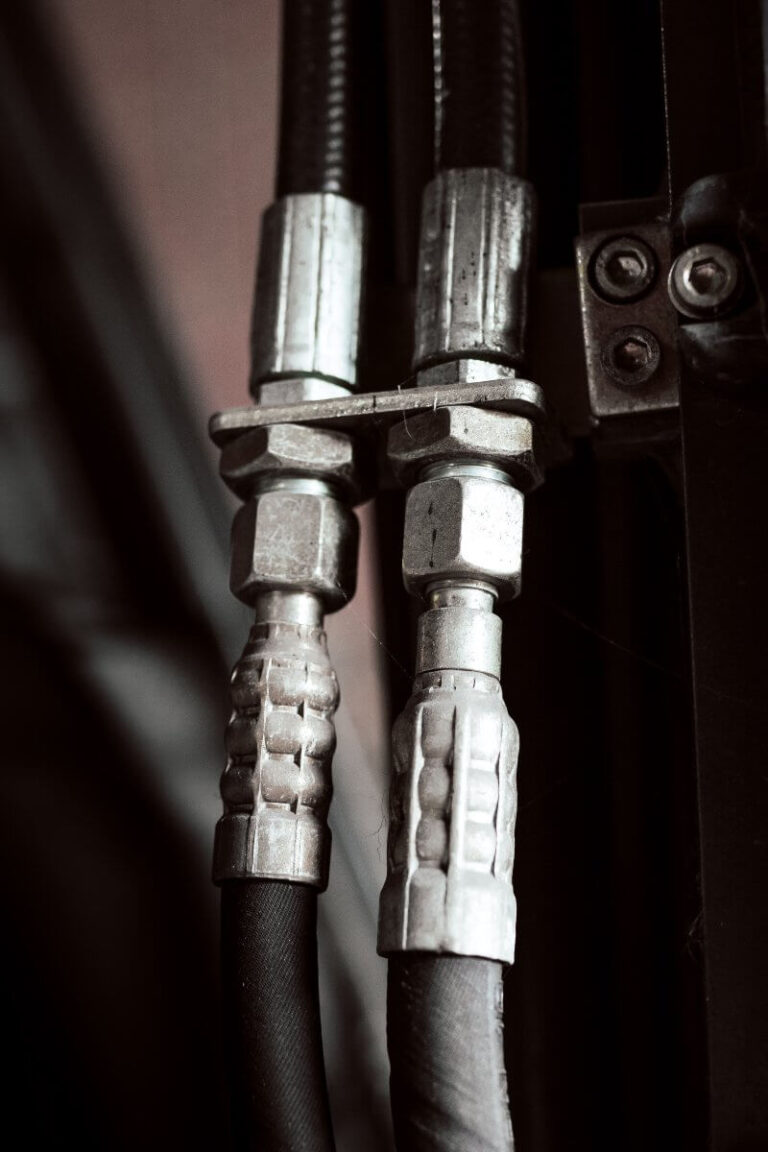Hydraulic systems are incredibly useful for a variety of industries. But the tremendous amount of force generated by industrial hydraulic equipment means safety should be a top priority. Understanding the basic safety concerns around hydraulic hoses and couplings will keep your operators protected and your hydraulic equipment running smoothly. Below are a few general safety tips to keep in mind. Preventive maintenance will go a long way toward preventing these potential issues, so be sure you have a service program in place that includes hoses and couplings and it will likely save you significant time and money over the long term.
Hydraulic fluid pressure
Hydraulic systems generate force by putting fluid under a huge amount of pressure, up to 10,000 PSI. Any fluid under that much pressure creates a risk of serious injury if not used correctly. Pressurized fluid can escape through a pinhole in the surface of a hydraulic hose with enough force to pierce the skin. A larger leak can be even more dangerous and may lead to a burst hose that causes serious burns or cuts. Moreover, hydraulic fluid leaks are hazardous to the environment–just one quart of oil can pollute up to 250,000 gallons of water!
Places where energy is stored within a hydraulic system, like hoses, are known as accumulators. If the stored energy is not released properly, it can cause a potentially lethal burst. The coupling assembly helps prevent this type of unwanted release. Be sure all couplings are properly installed and maintained so they do not fly off and hit workers.
Fluid temperature
The normal operating temperature for a hydraulic system is within the range of 150° to 180℉, but some can go significantly higher. Obviously, fluid heated to these temperatures poses a risk of serious burns to the skin. As with the fluid pressure dangers already mentioned, it is important to keep hydraulic fluid properly controlled and contained so there is no accidental contact between the high-temperature liquid and an operator. In addition to the fluid itself, be aware that metal components and the outside surface of hoses may also become hot enough to damage skin.
Flammability
Nearly all hydraulic fluid is flammable, with the exception of those made primarily of water. Even if a fluid is labeled as “fire resistant,” it could still pose a flammability danger. There should be no source of potential ignition anywhere near where hydraulic fluid would leak out. Ignition sources include open flames, high-temperature engine blocks, metal-to-metal contact producing sparks, and electrical charges. In addition to fluids, some leaking systems may produce a mist or spray that could ignite into an explosion. Such accidents are especially dangerous to workers and equipment, and every precaution should be taken to eliminate potential ignition points.
Mechanical components
A final safety area to consider when operating hydraulic systems is the potential danger of moving mechanical components. Hydraulics are used as part of a force-generating system that typically includes large arms, presses, rollers, etc. If a hose or coupling ruptures, one or more of these components could fall or otherwise move in an unexpected and dangerous way. In many cases, equipment relies on hydraulics for braking or other stabilization mechanisms, so even a single hose failure could lead to a catastrophic situation. Before using any such equipment, make sure precautions have been taken to mitigate these cases of potential mechanical failure.
Source: A Guide to Preventive Maintenance & Safety for Hydraulic Hose & Couplings, Gates Corporation, 2009.

